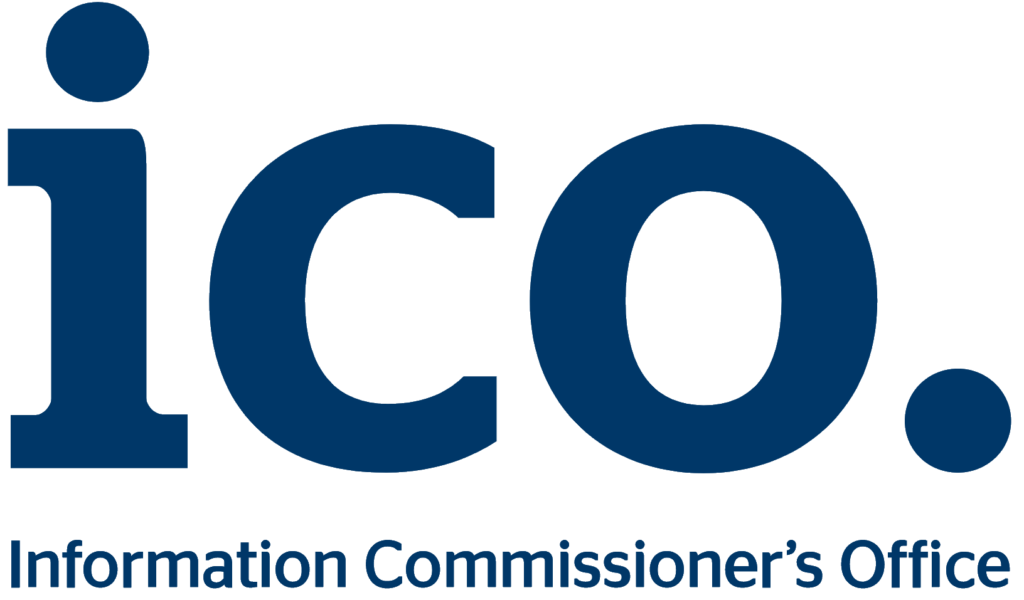A deed of covenant is a crucial legal document in the context of UK leasehold properties. It is a binding agreement between parties, usually the leaseholder and the freeholder, outlining their respective rights and obligations. In this comprehensive Strangford Management guide, we will delve into the concept of deed of covenant, its purpose, and the various aspects associated with it.
What is a Deed of Covenant?
A deed of covenant is a legally binding document that sets out the rights and obligations between parties, typically the leaseholder (or tenant) and the freeholder (or landlord) in a leasehold property. It outlines certain terms and conditions that both parties must adhere to during the lease period. The deed is essential in establishing a direct contractual relationship between the leaseholder and the landlord or a management company such as Strangford Management ltd.
Types of Covenants in a Deed of Covenant
There are two primary types of covenants that can be set up
1. Positive Covenants
Positive covenants are promises made by the leaseholder to actively perform or carry out specific actions.
Examples of positive covenants include:
- Paying ground rent and service charges
- Maintaining the property in good repair and condition
- Complying with lease terms and conditions
2. Negative (Restrictive) Covenants
Negative or restrictive covenants are obligations not to do something in relation to the property. These covenants are designed to protect the interests of other tenants and maintain the value of the property.
Examples of restrictive covenants include:
- Not making structural alterations to the property without permission
- Not running a business from the property
- Not causing a nuisance to other tenants
Why is a Deed of Covenant Required?
A deed of covenant is required to create or modify the rights and obligations of parties concerning leasehold properties. It ensures that the new leaseholder complies with the terms of the lease and remains liable for any ground rent and service charges, it also allows the landlord or management company to enforce covenants directly on the new leaseholder.
Moreover, most leases specify that a deed of covenant is necessary upon any transfer, assignment, or underletting of the property. Failing to provide a deed may result in a breach of the lease, leading to potential penalties and legal consequences.
How a Deed of Covenant Works
When buying a leasehold property, the document acts as a legally binding agreement between the incoming tenant and the landlord or management company. The new leaseholder promises to comply with the terms of the lease, including both positive and negative covenants. By signing the deed, the leaseholder acknowledges and accepts the responsibilities and restrictions that come with that individual property.
A deed is typically annexed to the lease and includes the following information:
- Property details, including address, postcode, and title number
- Parties to the agreement, including names and addresses for service
- Relevant definitions and terms, ensuring clarity in interpretation
- Agreed terms, outlining the leaseholder’s obligations and restrictions
When is a Deed of Covenant Needed?
Whether one is needed depends on the terms of the lease and the age of the property. For leases granted on or after 1 January 1996, the Landlord and Tenant (Covenants) Act 1995 states that there is no obligation for an assignee to enter into a direct deed of covenant with the landlord. However, it remains common practice for new long residential leases to require the purchaser of a leasehold to enter into a direct deed of covenant with the landlord and, where applicable, the management company.
If the lease specifies that a deed is required, it must be acted upon to avoid breaching the lease. It’s essential to check the lease terms and consult with a conveyancing solicitor to determine if one is necessary for your leasehold property.
How to Obtain a Deed of Covenant
If a deed is required during the conveyancing process when buying a leasehold property, the seller’s solicitor will typically provide a draft form to the buyer’s solicitor. The buyer’s solicitor will then create the final deed to be executed by the buyer, confirming their agreement to comply with the lease terms.
The deed of covenant must be signed as a deed to make it legally binding. This involves signing the document in the presence of an independent witness who is over 18, has no interest in the matter, and is not related to either party or living at the same address.
Fees Associated with Deeds of Covenant
There may be costs involved when obtaining a deed of covenant, including conveyancing fees for your solicitor and disbursements or fees incurred by the landlord or management company. The landlord and/or management company may charge a fee for updating their records, which can range from company to company. The responsibility for covering these costs is often subject to negotiation between the buyer and the seller.
Consequences of Breaching a Deed of Covenant
Breaching a deed of covenant by not adhering to its terms can result in legal action taken by the covenantee. Remedies available to the covenantee may include injunctive relief (prohibiting further breaches), specific performance (ordering compliance with agreed covenants), damages (compensating for financial losses), and forfeiture (terminating the lease and regaining possession of the property).
It’s crucial to understand your rights and obligations under a deed of covenant to prevent breaches and potential legal consequences.
How Long Does a Covenant Last?
Covenants can potentially last indefinitely if no time limit is mentioned, unless the requirements in the covenant have been met and discharged, or the parties have agreed to modify or release the deed of covenant. Some covenants may become obsolete due to the passage of time and can be disregarded.
Seeking Legal Help
If you need assistance with a deed of covenant or have concerns about your leasehold property, it’s essential to consult with a qualified conveyancing solicitor. They can provide expert advice, help you understand your rights and obligations, and guide you through the process of obtaining or executing a deed of covenant.
In conclusion, a deed of covenant plays a significant role in UK leasehold properties, ensuring that new leaseholders comply with the terms and conditions of the lease. By understanding the purpose of a deed of covenant, its requirements, and the potential consequences of breaching its terms, you can make informed decisions when buying or selling a leasehold property.
Read more…
- EWS1 Form Explained: Hidden Requirements Your Surveyor Won’t Tell You
- NHBC Cover Explained: Your Essential Guide for Leaseholders (2025)
- Ministers Set £30bn Cladding Crisis Deadline for 2029
- Service Charge Disputes Made Simple: Your Rights as a Leaseholder
- Breaking: Leasehold Reform Scraps Two-Year Wait Rule From January 2025




